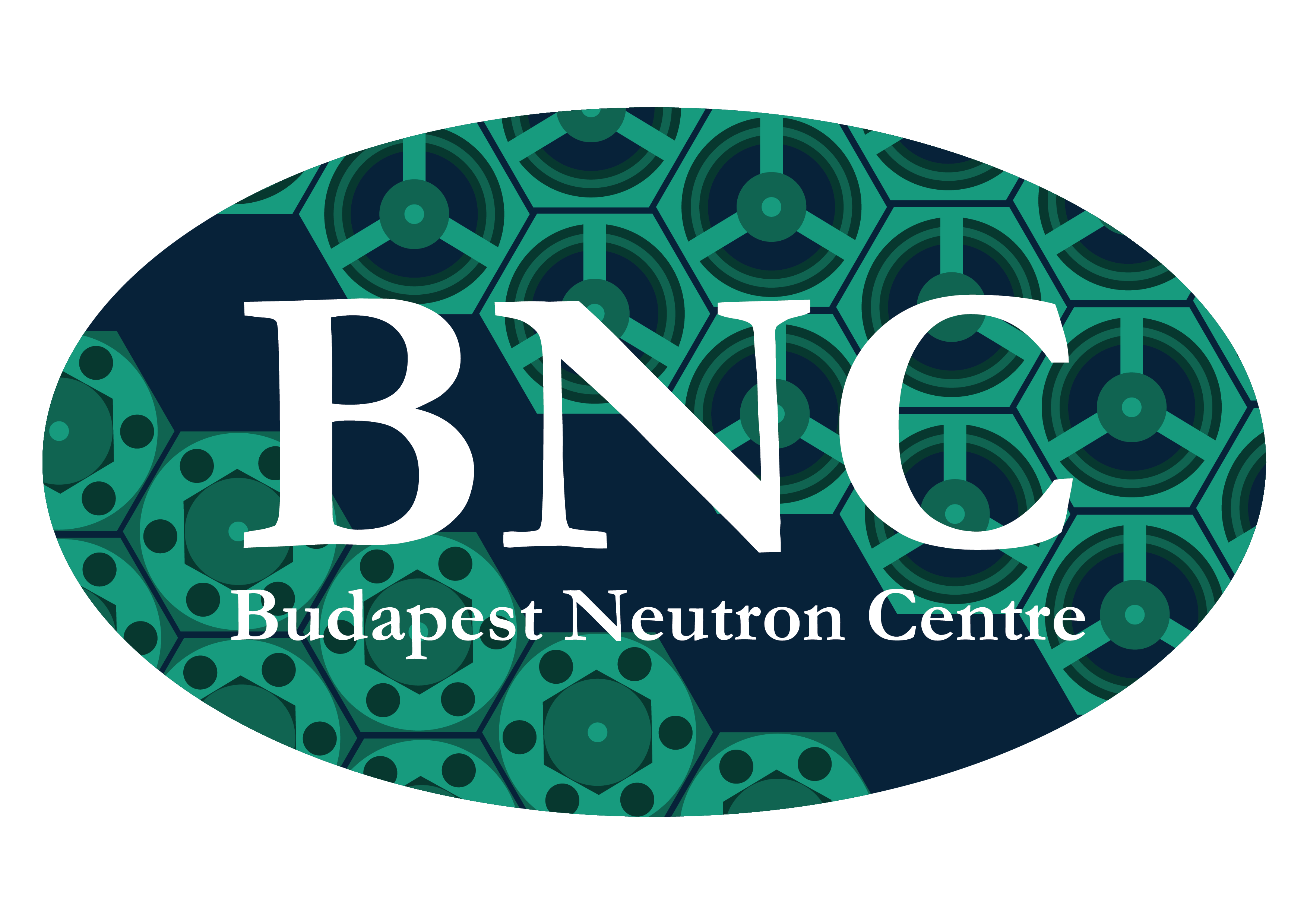IPERION CH @ BNC
The project provides transnational access to most advanced scientific instrumentations and knowledge allowing scientists, conservators-restorers and curators to enhance their research at the field forefront. Specialists from arts and sciences design and build new instrumentations and methodologies, develop the most promising technological applications and sustainable solutions to improve diagnostics and monitoring.
In the program that covers joint research, transnational access and networking, the planned challenging activities require a combined effort and commitment of an high-level partnership of twenty-one organizations to provide access to advanced facilities and develop research and applications on artwork materials finalised to the conservation of cultural heritage and favoring the opening of larger perspective to the heritage conservation activities in Europe.
The IPERION transnational access (TA) programs, offer European scientists a to carry out their experiments utilizing 3 different and complementary groups of facilities (ARCHLAB, MOLAB and FIXLAB) through a service embedded in a multidisciplinary environment involving material science and artwork conservation/restoration.
FIXLAB provides access to large and medium scale European installations, including the beamlines of one synchrotron radiation, one neutron source and two ion-beam analytical facilities;
MOLAB offers access to a portable set of advanced analytical equipment, for in-situ non-invasive measurements on artworks, without any movement of the artefacts from their location and any contact with the surface;
ARCHLAB permits the access to the structured scientific information and analytical data, stored in the archives of the most prestigious European museums and conservation institutions.
Three Joint Research activities (JRA), intend to exploit advanced technologies & techniques as well as most promising applications and integrated solutions, to complement the project scheme providing innovative instrumentations and methodologies tailored to the user's needs.
The Budapest Neutron Centre participates in the FIXLAB program, as a Transnational Access provider.
Through a peer-reviewed application system users from eligible countries* can apply for experimental time. The available experimental time is a maximum of 5 days, including 1 day for discussion of the results. Maximum 2 persons per application can be reimbursed.
The following facilities, within the BNC consortium:
- Time of Flight Neutron Diffraction, Triple Axis Spectrometer and Small Angle Neutron Scattering
- Prompt Gamma Activation Analysis, Neutron Induced Prompt Gamma Spectrometer, Instrumental Neutron Activation Analysis, Cold and thermal neutron imaging
- External milli-beam PIXE and compact XRF (both with radioisotope and mini X-ray tube excitation heads)
The cost-effective “on the campus” availability of these important techniques could significantly enhance the efficiency of a research project offering the possibility of fast orienting pilot studies.
With the help of the above listed available methods, researchers of Cultural Heritage can obtain an overall characterisation of valuable art objects in a non-destructive way. If an applicant is not confident on what methods are the best to solve his /her problem or if he/she has any questions we encourage asking for the help of the Welcome Desk.
Contact persons:
Zsolt Kasztovszky, E-mail: kasztovszky.zsolt@energia.mta.hu
László Szentmiklósi, E-mail:szentmiklosi.laszlo@energia.mta.hu
Katalin Pánczél-Bajnok, E-mail: bajnok.katalin@energia.mta.hu
Download the beam-time application form to submit your proposal.
* Associated H2020 States (Version 17/April/2015): Iceland, Norway, Albania, Bosnia and Herzegovina, the former Yugoslav Republic of Macedonia, Montenegro, Serbia, Turkey, Israel, Moldova, Switzerland, Faroe Islands (for adjourned Associated States see Eligible countries - H2020 Associated Countries at http://ec.europa.eu/research/participants/data/ref/h2020/grants_manual/hi/3cpart/h2020-hi-list-ac_en.pdf).

